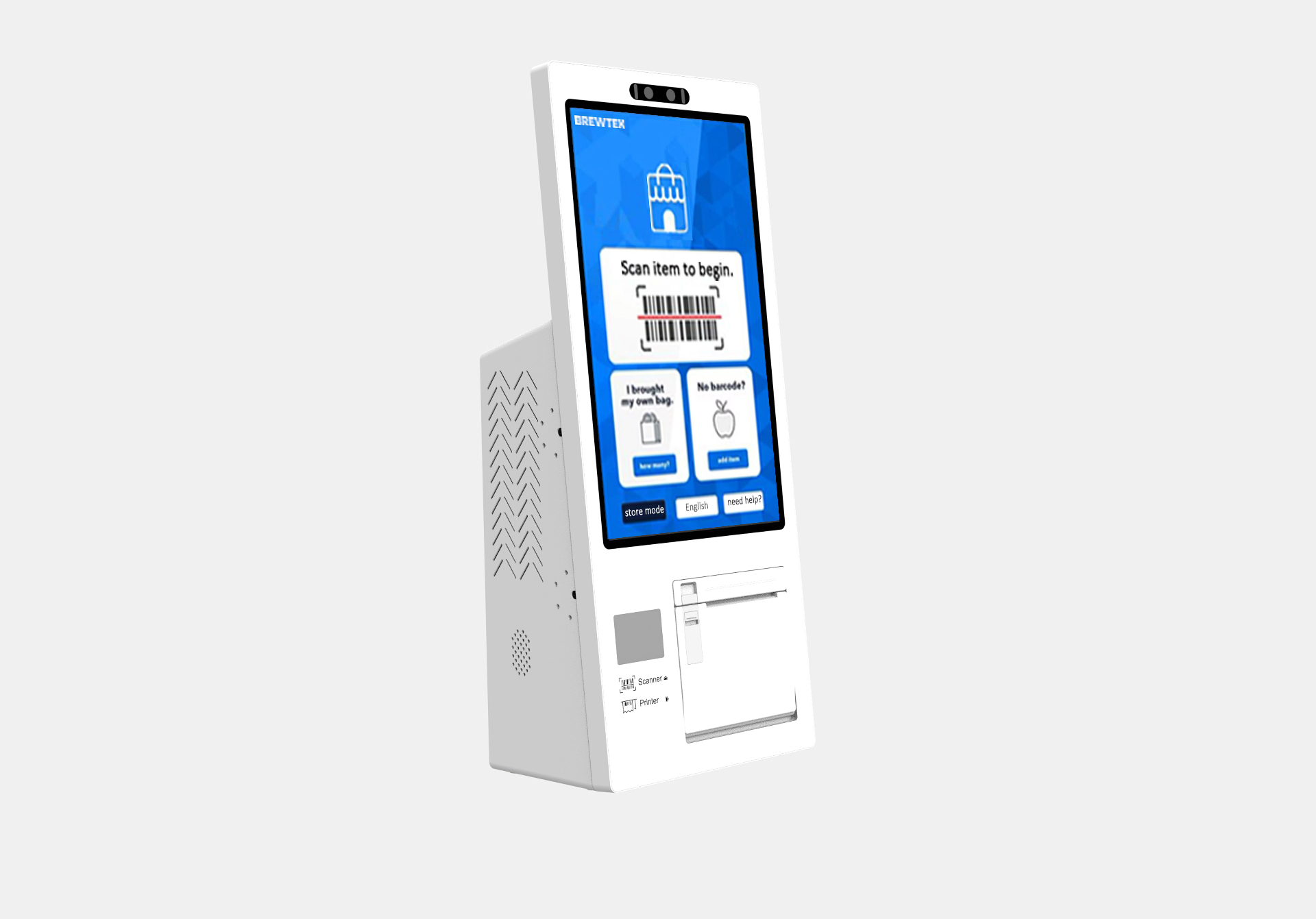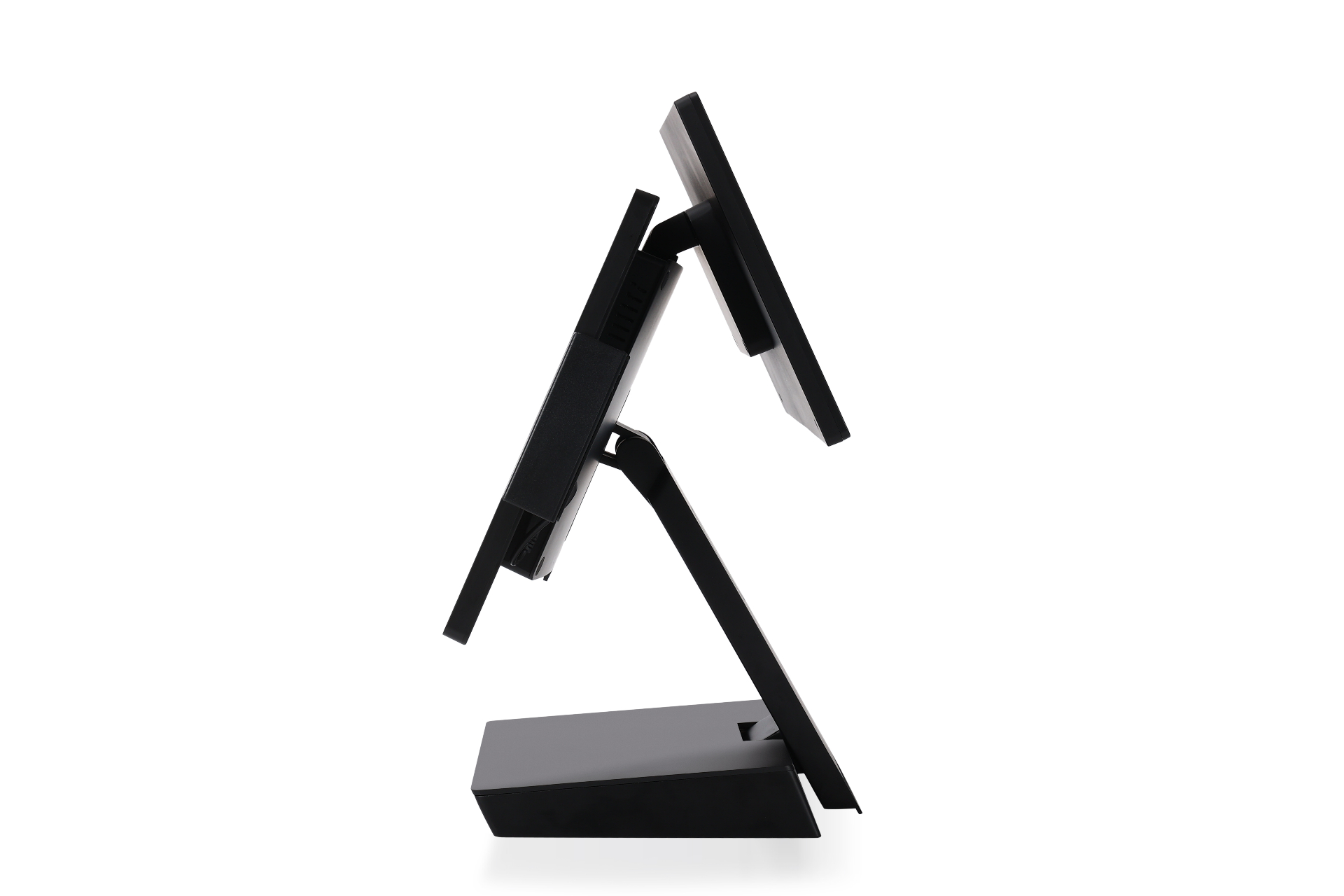
The restaurant game just got a whole lot trickier. If you're running a Canadian restaurant or food service business, you've probably felt the pinch from recent US tariff policies. What started as trade policy debates in Washington has quickly become a very real challenge for restaurant owners across Canada: from Vancouver food trucks to Toronto fine dining establishments.
Let's break down what's actually happening, why your food costs are climbing, and most importantly, how you can adapt your business to not just survive but thrive in this new landscape.
Here's where we stand: As of March 2025, Canada hit back with 25% tariffs on a range of US food and beverage products. This came after the US slapped 25% tariffs on most Canadian goods in February, with energy getting a slightly better deal at 10%.
These aren't just numbers on a policy paper: they're directly hitting your bottom line. When your supplier calls to say ingredients just got 25% more expensive overnight, that's the tariff reality hitting home.

The ripple effects are everywhere. Even if you're not directly importing from the US, you're still getting squeezed. Here's how:
Supply Chain Chaos: Your Canadian suppliers who used to export to the US are losing business. To make up for lost revenue, they're raising prices for their remaining customers: including you. It's like a game of hot potato, except the potato is higher costs and it always lands in restaurants' laps.
Ingredient Price Volatility: Remember when you could get a food quote and it was good for 30 days? Those days are over. Now suppliers are changing prices weekly, sometimes daily. It's like trying to plan a menu while riding a roller coaster.
Cross-Border Business Decline: If you had American customers or relied on cross-border business, that's taking a hit too. Higher costs on both sides of the border mean fewer people are willing to travel for dining experiences.
Let's get specific about what this means for your day-to-day operations:
Menu Engineering Nightmare: That signature burger that used to give you healthy margins? If it relies on US beef or cheese, you might be selling it at a loss now. Restaurant owners are being forced to completely rethink their menu mix.
Customer Sticker Shock: Raising prices is never fun, but it's becoming unavoidable. The challenge is doing it without losing customers. Some restaurants are seeing 15-20% increases in their food costs: that's not something you can just absorb.
Inventory Gambles: Do you stock up now before prices go higher, or wait and hope tariffs get reduced? It's turned every purchasing decision into a strategic chess move.
The good news? Restaurants that act smart are finding ways to turn this challenge into competitive advantage. Here's what's working:
Local Sourcing Revolution: This isn't just about avoiding tariffs: Canadian consumers are increasingly interested in supporting local producers. Market your local sourcing as a feature, not just a cost-saving necessity.
Flexible Menu Design: Create menus that can adapt quickly. Instead of printing thousands of menus, consider digital displays that let you adjust prices and items in real-time. This is where modern POS technology becomes your best friend.
Operational Efficiency Focus: When margins get squeezed, every inefficiency hurts twice as much. This is pushing restaurants to finally tackle those operational improvements they'd been putting off.

Here's where things get interesting. The restaurants that are thriving aren't just changing their suppliers: they're changing how they operate. Technology solutions that seemed like "nice-to-haves" are becoming essential survival tools.
Self-Service Solutions: Labor costs are rising alongside ingredient costs. Self-checkout kiosks and ordering systems can help you maintain service levels without constantly hiring. Plus, they often increase average ticket sizes through smart upselling.
Data-Driven Decision Making: Modern POS systems give you real-time insights into which menu items are actually profitable. When every margin matters, you need data, not guesswork.
Streamlined Operations: Integrated technology solutions reduce the time your staff spends on manual tasks, letting them focus on customer service and food quality: the things that actually differentiate your restaurant.

Smart restaurant operators are using this disruption as an opportunity to automate processes that were previously done manually. Think about it: if food costs are up 20% but you can reduce labor costs through efficient technology, you might actually come out ahead.
The key is choosing technology that's flexible enough to grow with your business and adapt to changing market conditions. Whether it's a streamlined POS system that helps with inventory management or self-service kiosks that reduce wait times, the right tech investments pay for themselves quickly in this environment.
Here's the reality check: these tariffs probably aren't going away anytime soon. The restaurants that treat this as a temporary inconvenience will struggle. The ones that use it as a catalyst to build a more efficient, resilient operation will emerge stronger.
This means rethinking everything from your supplier relationships to your customer experience. It means investing in systems that give you flexibility and control over your costs. And it means being proactive rather than reactive.
Start by auditing your current operations. Where are your biggest cost pressures coming from? What processes could be streamlined or automated? How can you use technology to offset rising ingredient costs?
The restaurants that are already adapting aren't waiting for the tariff situation to resolve: they're building businesses that can thrive regardless of trade policy changes.
Ready to future-proof your restaurant operations? The combination of smart technology choices and strategic operational improvements can help you not just weather this tariff storm, but come out stronger on the other side. Sometimes the biggest challenges create the best opportunities for forward-thinking operators.
At BK Touch, we're seeing firsthand how restaurants are using modern retail technology to stay competitive. The key is choosing solutions that give you flexibility, efficiency, and real-time insights into your business performance.
The tariff situation isn't going to solve itself, but your response to it can set your restaurant apart from the competition. Time to get strategic about your operations( your future self will thank you.)